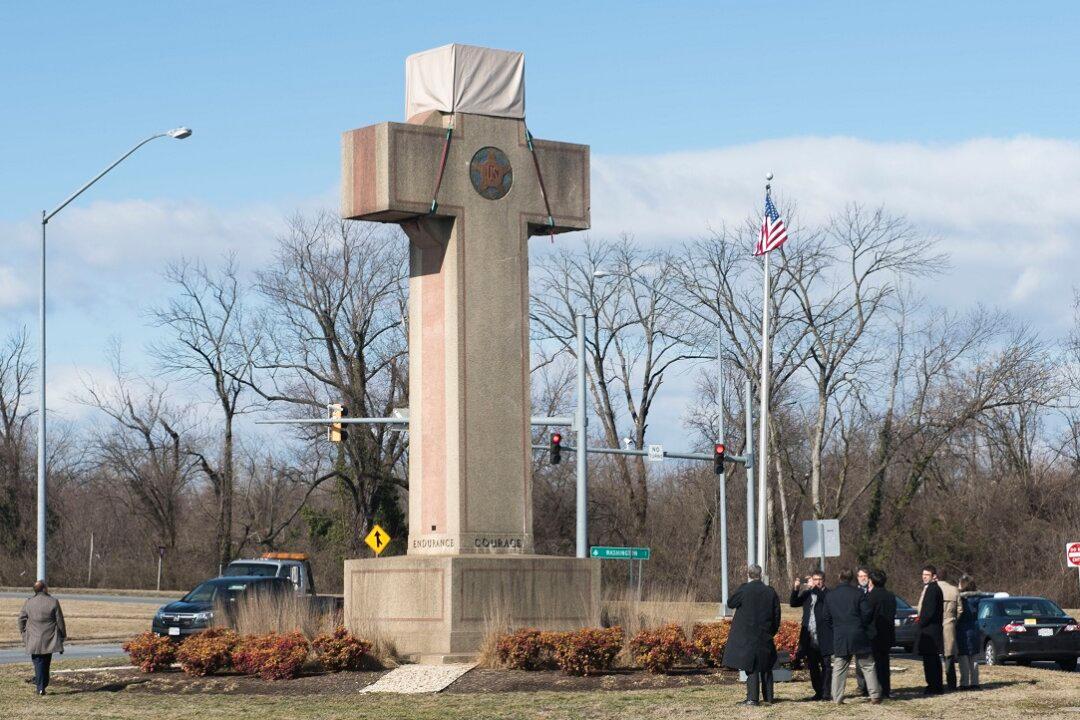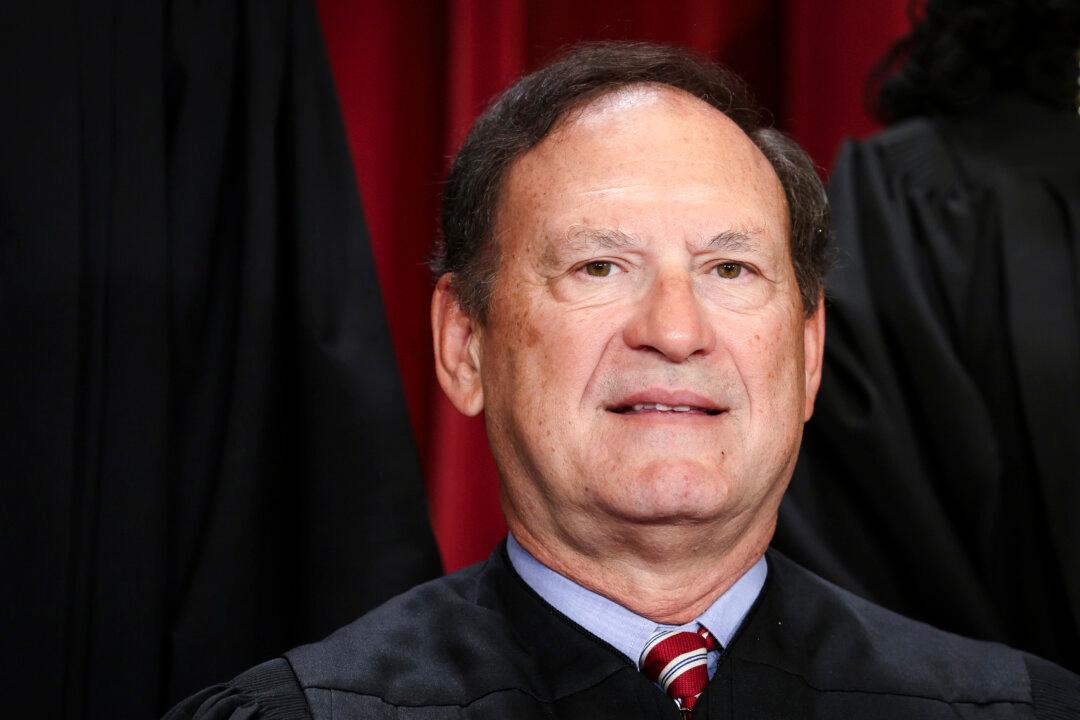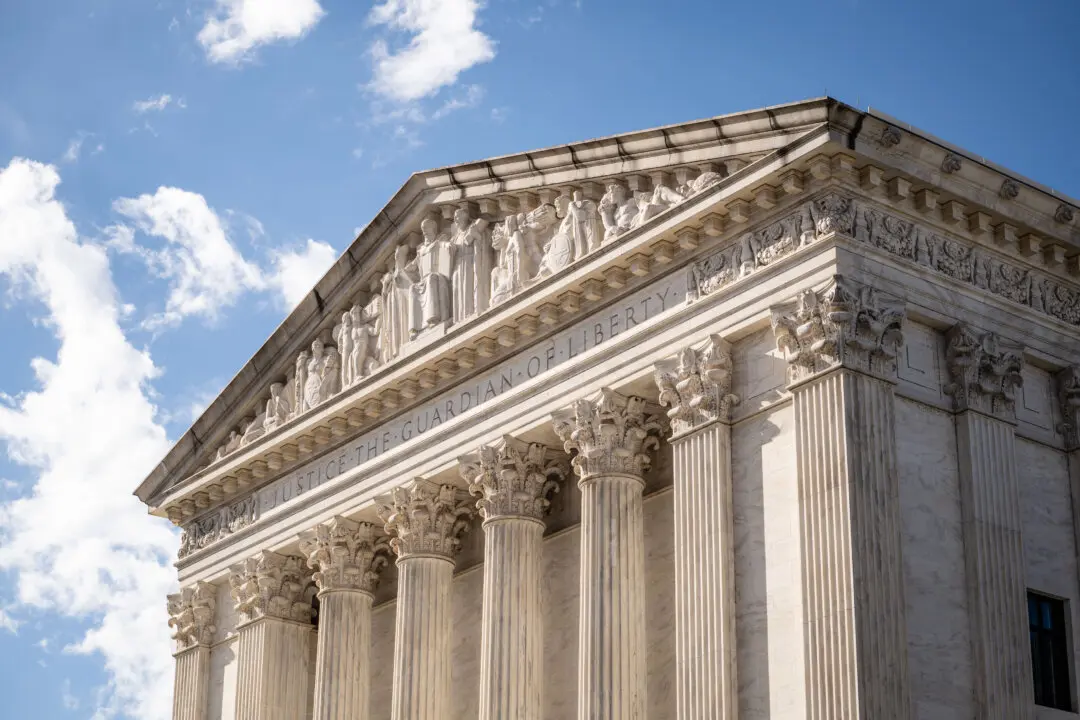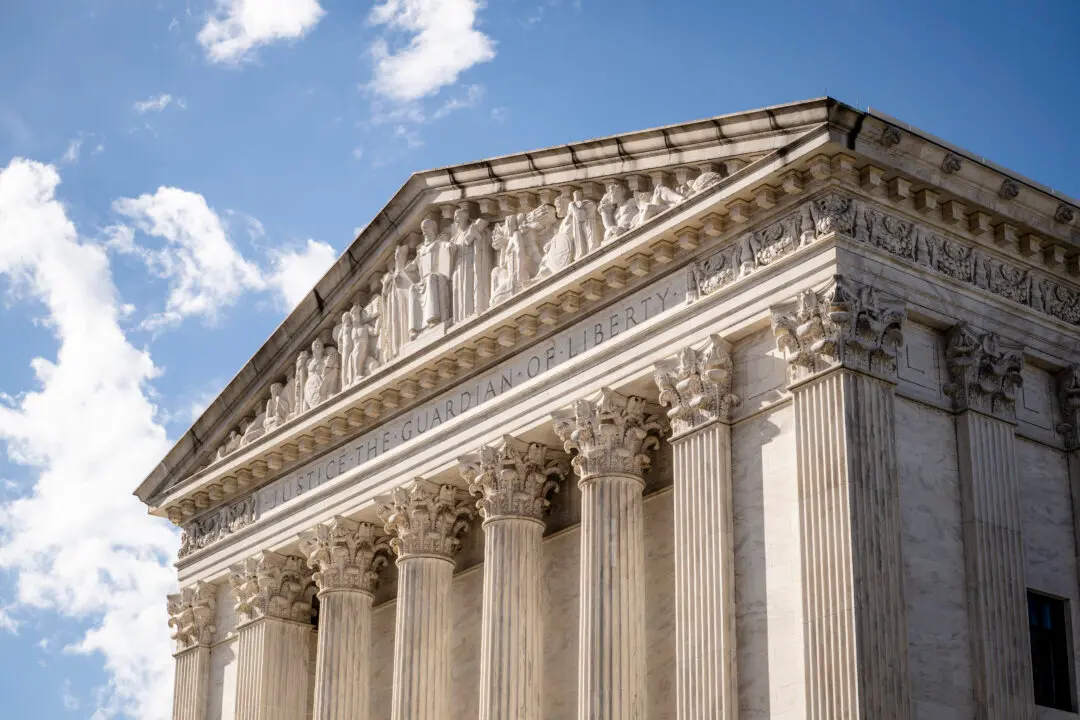WASHINGTON—The Supreme Court rejected arguments that a large Latin cross must be relocated from public land in a Maryland suburb of Washington because its prominence supposedly implies government endorsement of Christianity.
The ruling about the Bladensburg Peace Cross in American Legion v. American Humanist Association was handed down June 20. By a vote of 7 to 2, justices held that Maryland isn’t violating the Establishment Clause of the First Amendment by allowing the cross on public land and spending taxpayer dollars for its upkeep. The Trump administration backed the American Legion in the litigation.





